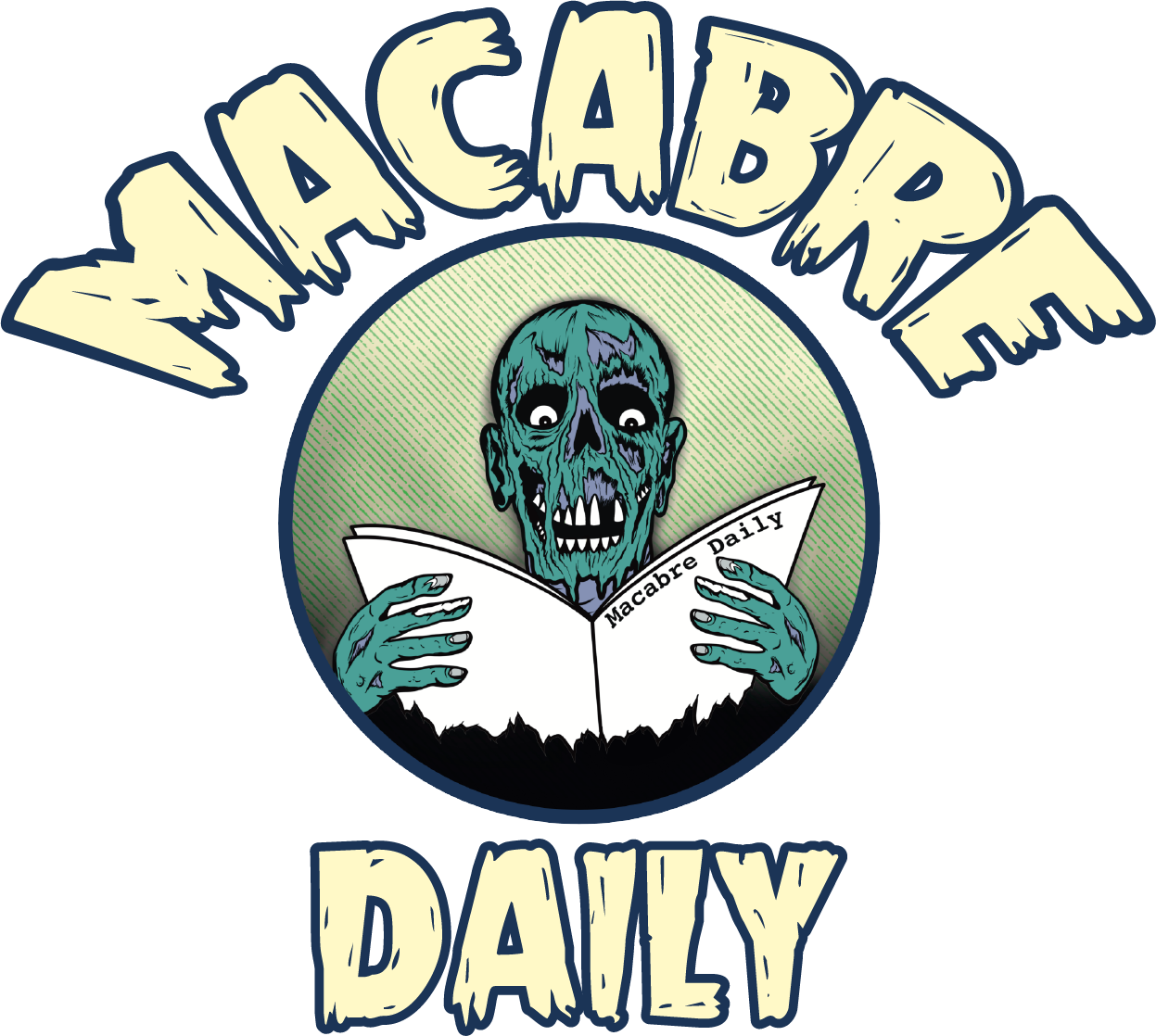Julien Maury and Alexandre Bustillo Talk "The Deep House," Their "Halloween 2" Script, And More!
L-R: Julien Maury and Alexandre Bustillo
Fresh off the release of their latest film “The Deep House,” French horror directors Julien Maury and Alexandre Bustillo sat down to talk about the challenges of shooting underwater, shifting genres, and even their unproduced “Halloween” sequel to Rob Zombie’s 2007 reboot.
“The Deep House” looked like it was a challenge to make, but one that paid off. Can you talk about the challenges of shooting a film like this underwater?
Alexandre Bustillo: Julien and I had the idea when we were working one day. We love underwater sequences in movies and we love haunted house films. We thought maybe we can do a crossover between these two ideas, and we came up with the concept very quickly. We found a producer who loved it, but said he didn't know how to do this kind of movie. So Julian and I called Alex Aja, who just directed “Crawl” and previously “Piranha.” We asked him how he shot underwater and what difficulties he had. From that conversation, we decided to do it for real. We could’ve shot on green screen in dry conditions, with slow-mo and doing effects in post-production, but that’s all very expensive. The result could be good if you’re rich [Laughs], but we had a budget of about 4.6 million euros [about $5 million]. That’s a lot of money, but not enough to do an underwater movie, so we decided to do it practically.
The first step was to find a good DP [Director of Photography] and Production Designer because we weren’t going to use CGI effects. This isn’t a gory movie. It’s more about the mood. We shot in the biggest water tank in Europe and we hired real free divers, including an 11-year-old girl who has been free diving for 3 years. It was complicated, but we were very lucky and found our producers and actors very quickly.
When you were devising the paranormal aspect of the film, how did you come up with the mythology? Were you informed by your budget limitations or did you have an idea that you executed with the tools that you had?
Julien Maury: Both, really. Of course the budget was our limit, but it was important for us to have a very simple story and reinvent the clichés of the “haunted mansion,” things like the piano playing by itself, or the door moving, just by setting it underwater. The mythology evolved during the writing process. We didn’t want underwater monsters or creatures. We felt simplicity would be more efficient in order to make the movie like a theme park ride for the audience. So in the end, we focused more on the trip you took than getting bogged down [with backstory].
You both make very eclectic films within the horror genre. “The Deep House” is aquatic horror in a haunted house, “Kandisha” is an urban legend, “Inside” was a home invasion slasher, etc. Obviously, filmmaking is hard, and you’re never sure where your next job comes from, but how do you manage to transition between the subgenres of your films?
AB: Honestly, we are not planning where we’re going next. We write and brainstorm ideas every day and we bring up a lot of stories, but the problem is that it’s hard to finance horror movies in France. It’s not like in the U.S., which has a big industry with Jason Blum and stuff like that. In France, it's more complicated. You really have to write your own stories and build your own world.
We're all just trying to tell some interesting stories. We’re working on our next feature with the Producer of “The Deep House,” which might be totally different. It will be a genre movie, of course. For example, “Inside” was very extreme. We didn’t want to make another extreme movie, which is why “Livide” is the opposite. “Inside” was an American slasher, or giallo, but “Livide” was more like an Amicus film. That’s what we try to do: stay in the genre, but be different each time. We’re not making a musical or a rom-com [Laughs]
We just celebrated Halloween here in America and I was wondering if you can talk about your abandoned plans for “Halloween 2” before Rob Zombie came back to do the sequel to his remake.
JM: We were obsessed with “Halloween” and the character of Michael Myers. When we had this opportunity, it was absolutely impossible for us to decline it. We thought of doing a real sequel to Rob Zombie's remake. Unlike what happened with [their proposed remake of] “Hellraiser,” everyone was happy about what we wrote. Bob Weinstein loved our story. We even went to London to meet Malek Akkad and he loved it, too. We were really disappointed to miss this opportunity, but it was Rob Zombie’s [film]. We love him and his work, so as disappointing as it was, it was a relief to give him back his director’s seat as opposed to someone else replacing us.
We basically had the same structure of Rob Zombie’s first “Halloween.” The first part of the movie took place in [Smith’s Grove] asylum. It was a flashback to the missing years, which haven’t been shown. It would show the teenage years of Michael. The second part took place in [Haddonfield Memorial] hospital, which was closer to Rick Rosenthal’s “Halloween 2,” and then in the streets of Haddonfield. It was close to “Halloween Kills,” where everyone is in a mob hunting Michael Myers and Sheriff Brackett wanted revenge. That was basically it.
Interview edited for context and clarity. “The Deep House” is streaming now on EPIX and available on VOD.













